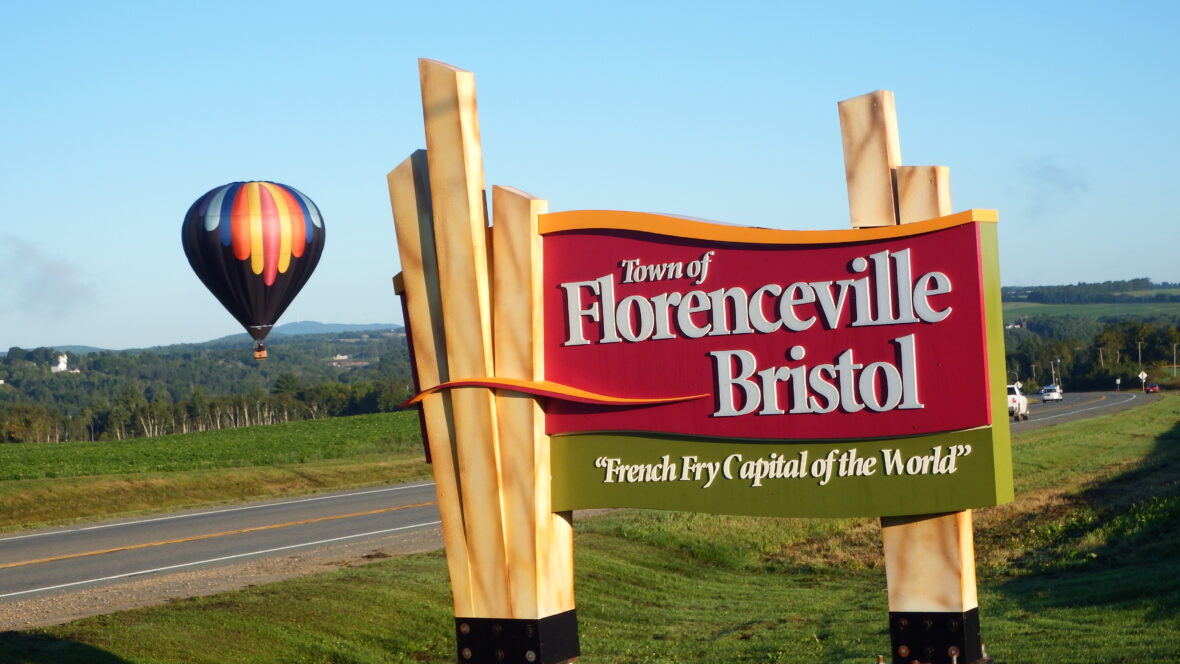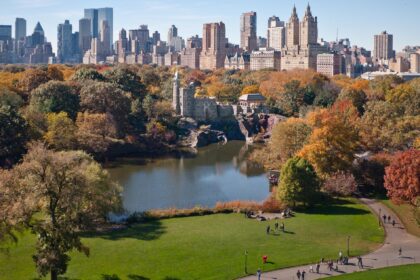Florenceville-Bristol is a town in the northwest part of Carleton County, New Brunswick, Canada. The town is located on the banks of the Saint John River. As of 2016, the population was 1,604. Take a look below for 25 interesting and awesome facts about Florenceville-Bristol, New Brunswick, Canada.
1. Florenceville was originally known as Buttermilk Creek.
2. In 1855, it was renamed Florenceville to honour Florence Nightingale, the famous Crimean War nurse. Florenceville was on the west side of the Saint John River and there the first post office and commercial section of the village was situated.
3. In later years East Florenceville, previously known as Buckwheat Flats, became the commercial centre with five grocery stores and several other small businesses. There is a small strip mall along with several convenience stores and restaurants.
4. The former village of Bristol is located on the Saint John River, in Carleton County, New Brunswick, Canada, approximately 5 kilometers north of Florenceville.
5. Present-day Bristol was the site of a battle between Micmac and Maliseet peoples. The area was originally named Shiktehawk, from the Maliseet for “where he killed him”.
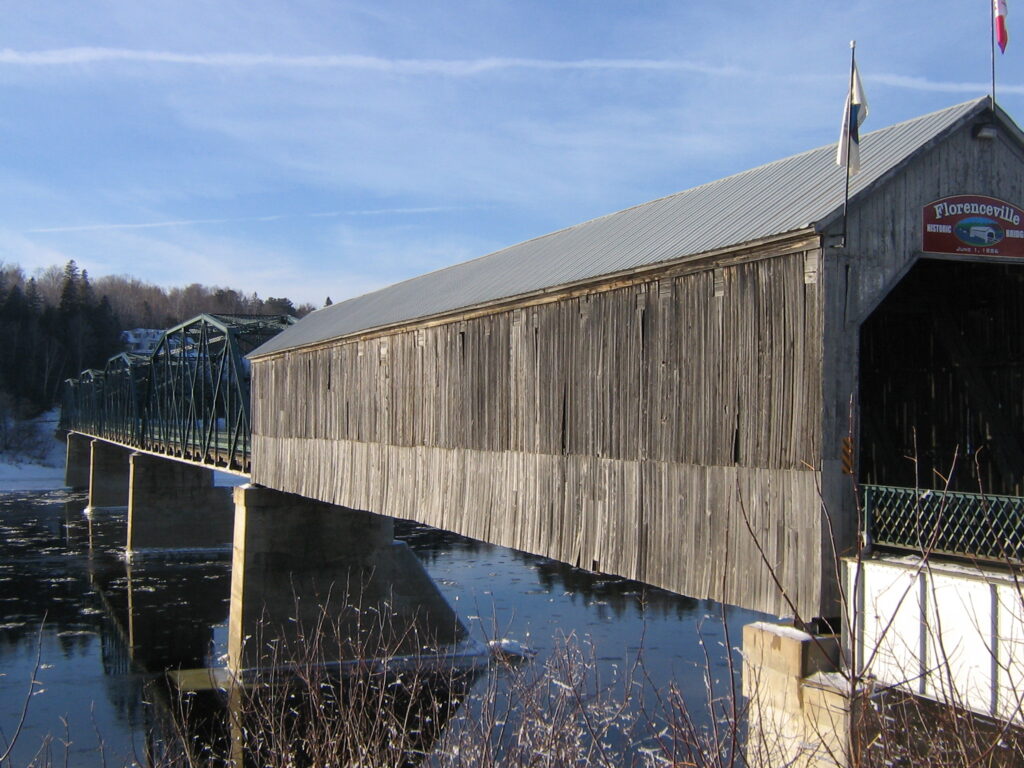
6. The name was changed when the New Brunswick Railway was constructed and railway officials were unable to pronounce the name correctly.
7. Bristol is located where the Big Shiktehawk and Little Shiktehawk Streams empty into the Saint John River. This was an important stopping point for Native peoples as it was the start of the cross province route.
8. They would canoe up the Big Shiktehawk Stream to Divide where they would portage a short distance to the Miramichi River and make their way to the eastern coast of New Brunswick.
9. Florenceville-Bristol is home to the corporate headquarters for McCain Foods, the largest producer of French fries in the world. McCain also operates the Florenceville Airport, with a single paved runway located amid agricultural fields on the west side of the river.
10. Mountain View Packers is another potato centred business that calls Florencenville-Bristol home.
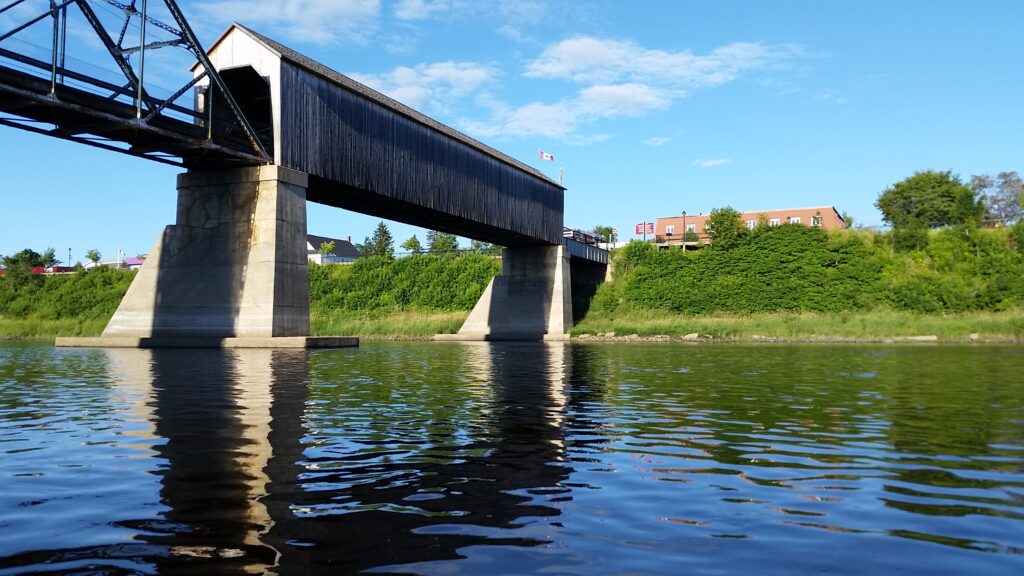
11. Mountain View Packers is a business that specializes in the processing of potatoes and cauliflower for the fresh market.
12. Mountain View Packers sources all of their potatoes from local farmers while the cauliflower is grown on site at their own farm.
13. Florenceville-Bristol is also home to H.J. Crabbe & Sons Lumber Mill. This long-running family business specializes in its quality softwood lumber made mainly from Balsam Fir and White Spruce.
14. The company has also recently built a new mill in the town to produce wood stove pellets in order to use more of what would be scrap material to help cut down on waste. The company is also one of the largest landowners in the province, next to Irving and Frasier.
15. A.N.D. Communications & Graphics is a graphics company situated in Florenceville-Bristol. A.N.D. Communications & Graphics specializes in providing the local area with signage and local advertisement solutions.
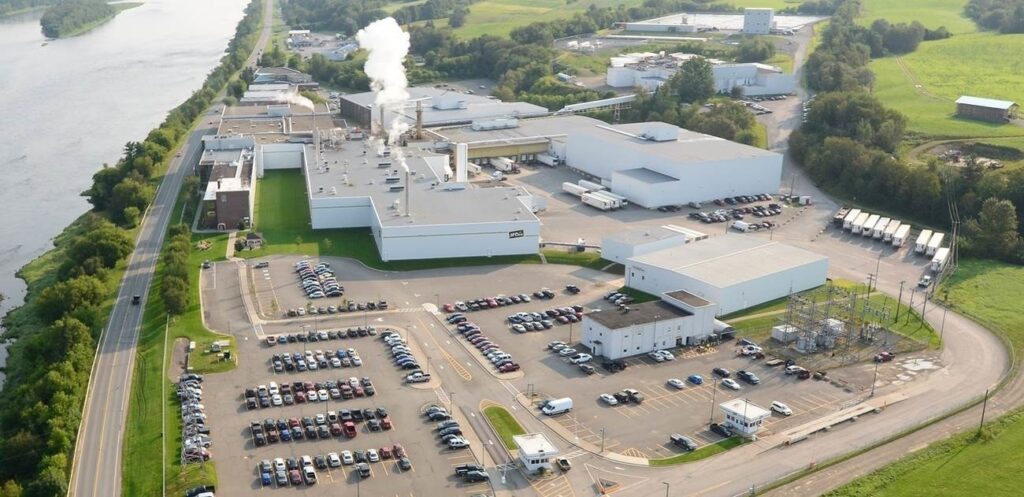
16. Both villages had schools offering grades 1 through 12 until 1956 when the Florenceville Regional High School was opened accommodating grades 7 through 12.
17. The original schools became the elementary schools. Eventually these were replaced by an elementary school on the east side of the river. The Regional High School became a middle school when Carleton North High School was built in Bristol, NB.
18. It was later decided that starting in the year 1996 the middle school students would not begin high school until grade 9.
19. Bristol is the home of Carleton North High School as well as Bristol Elementary School.
20. Florenceville-Bristol lies within the Appalachian Mountain Range. The town sits in the Saint John River Valley. On each side of the town lie rolling mountains peaking at 300–400 metres.
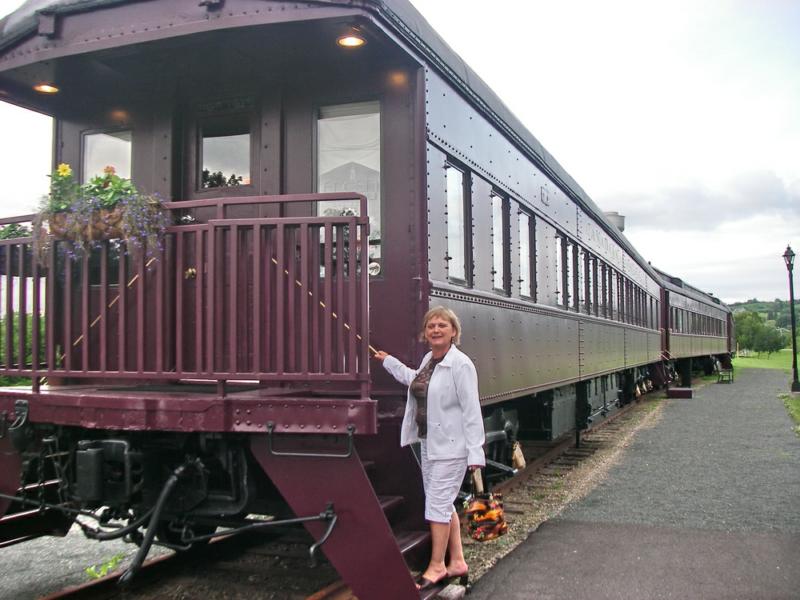
21. The borough of Florenceville lies on a flat that has extremely rich soil due to past volcanic activity before the last ice age. The borough of Bristol also lies on a flat, but much lower to the river and lower parts of the borough floods during the spring.
22. The bedrock underlying Florenceville-Bristol at its oldest is part of the White Head Formation consisting of limestone and calcareous shales of Late Ordovician to Early Silurian in age. Later in history more sedimentary rocks were deposited forming the Smyrna Mills Formation during the Silurian, consisting of shales, limestones, and conglomerates.
23. The town gets a fair amount of precipitation, although major paralyzing snow and rain storms such as blizzards and hurricanes are uncommon but do happen on occasion.
24. On average, Florenceville receives approximately 1100 mm of precipitation per year. Snowfall is common between late November and early April, and snow usually stays on the ground beginning in December. Flooding occurs during the spring of most years and affects the low-lying areas of Florenceville-Bristol.
25. The town is the site of the Florenceville Bridge, a covered bridge built in 1907 that is unique in New Brunswick in combining a wooden covered bridge with steel trusses for the central spans over the Saint John River.

